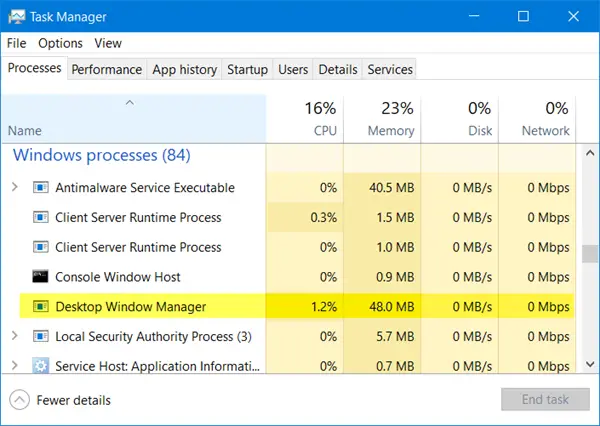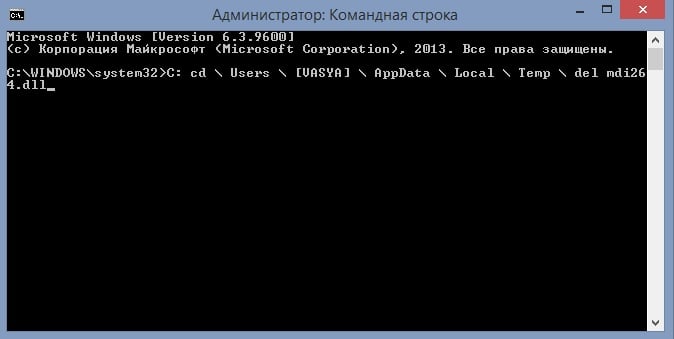
I dual-boot Win 10 and Linux and sometimes like to test and see how the same games perform in different OSes. That said, if you still want a little more peace of mind, you can always scan for viruses using your preferred virus scanner.Searched through forums, couldn't find anything specific about that.
DWM EXE WINDOWS 10 FOR WINDOWS 10
RELATED: What's the Best Antivirus for Windows 10 and 11? (Is Microsoft Defender Good Enough?) If the file is stored in your Windows\System32 folder, then you can be fairly certain you are not dealing with a virus.

In Task Manager, right-click the Desktop Window Manager process and choose the “Open File Location” option. If you’d like to be sure, you can check out the underlying file location of the process. While it’s possible that a virus has replaced the real process with an executable of its own, it’s very unlikely. The Desktop Window Manager process itself is an official Windows component.
DWM EXE WINDOWS 10 DRIVERS
RELATED: The Only Safe Way to Update Your Hardware Drivers on Windows Could this Process Be a Virus? Some types of malware are known to cause issues with Desktop Window Manager. Desktop Window Manager offloads a lot of work to your GPU to reduce load on your CPU.

What Can I Do If It’s Using Up RAM and CPU?ĭesktop Window Manager should use fairly minimal resources. The good news is that Desktop Window Manager has gotten a lot better about how it manages resources, and you shouldn’t really need to turn it off.

That integration has deepened even further in Windows 8 and 10. Starting with Windows 7, Desktop Window Manager became a more integral part of Windows, that’s vital to creating the graphical user interface. Back in the Vista days, Desktop Window Manager was controlled through a service that you could turn off-and in turn disable all the visual effects.
DWM EXE WINDOWS 10 HOW TO
RELATED: How to Use the New Task Manager in Windows 8 or 10 Can I Turn Desktop Window Manager Off? Because Windows is compositing and displaying the contents of each window, it can add effects like transparency and window animations when layering the windows for display.

Windows then creates one “composite” view of all the windows on the screen before sending it to your monitor. Instead of applications drawing their displays directly to your screen, applications write the picture of their window to a specific place in memory. This article is part of our ongoing series explaining various processes found in Task Manager, like ctfmon.exe, mDNSResponder.exe, conhost.exe, rundll32.exe, Adobe_Updater.exe, and many others. Don’t know what those services are? Better start reading! So What Is Desktop Window Manager?ĭesktop Window Manager (dwm.exe) is a compositing window manager that renders all those pretty effects in Windows: transparent windows, live taskbar thumbnails, Flip3D, and even high resolution monitor support.


 0 kommentar(er)
0 kommentar(er)
